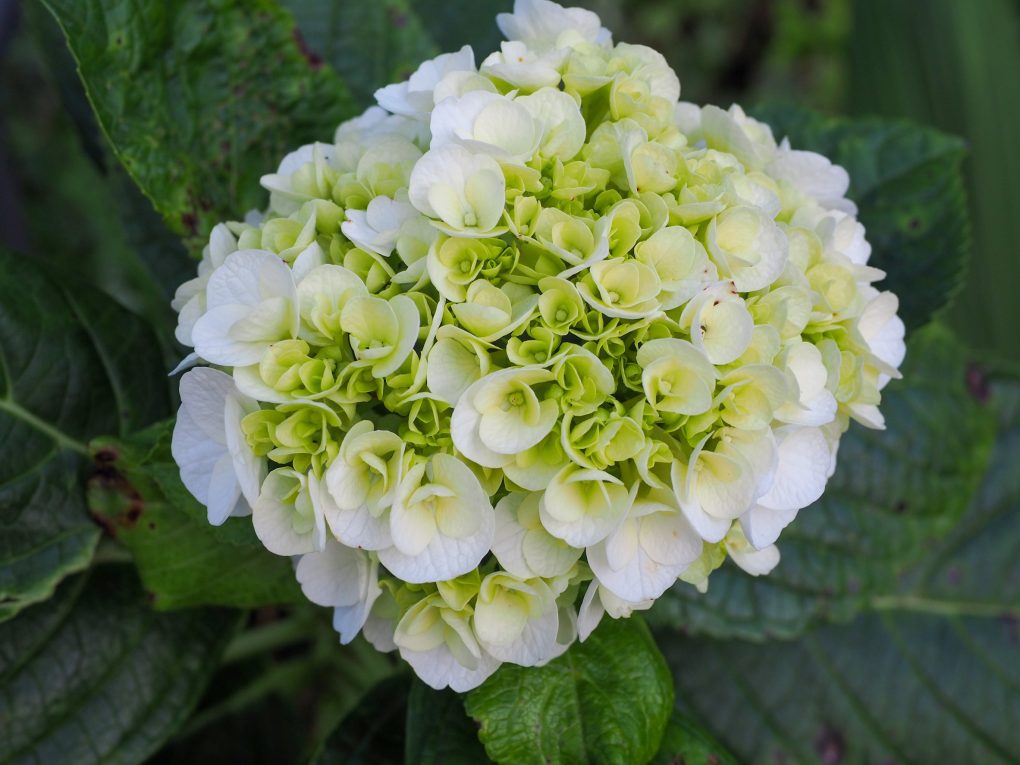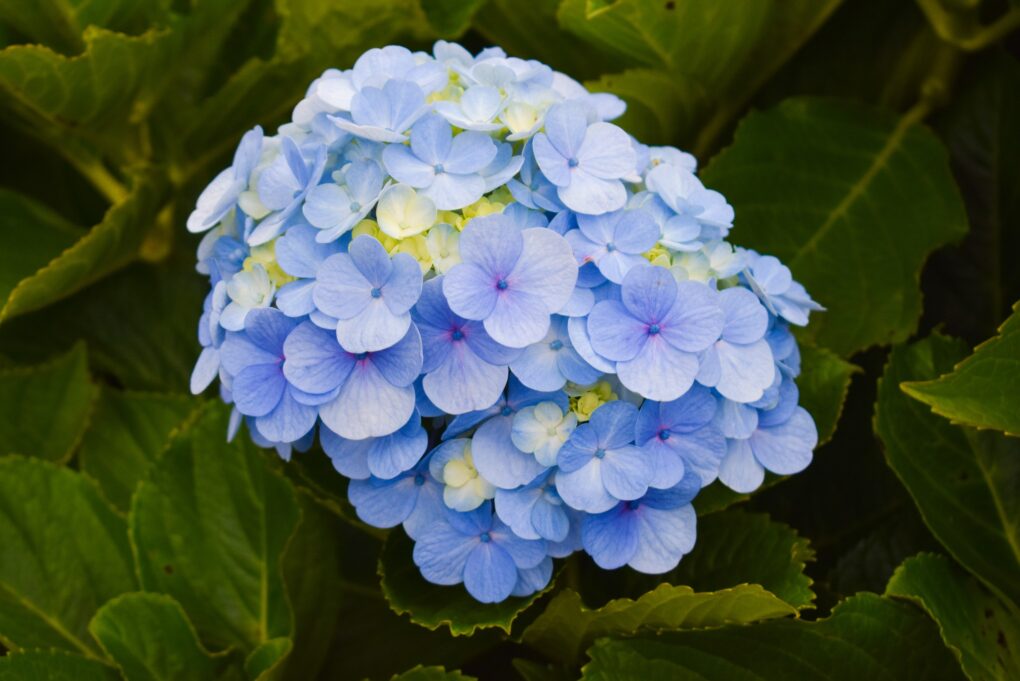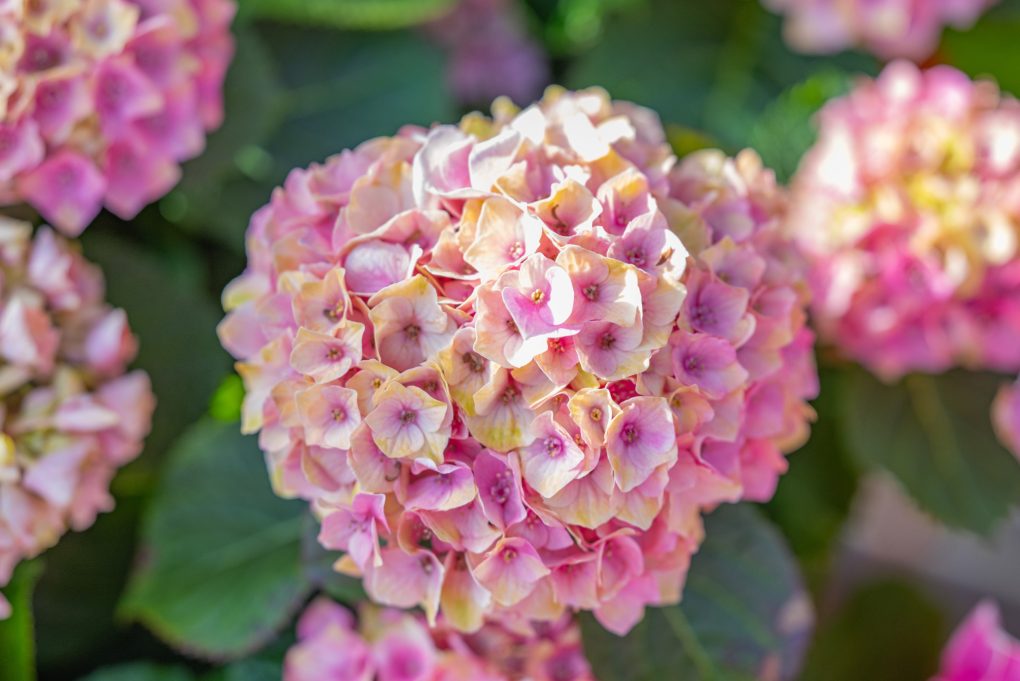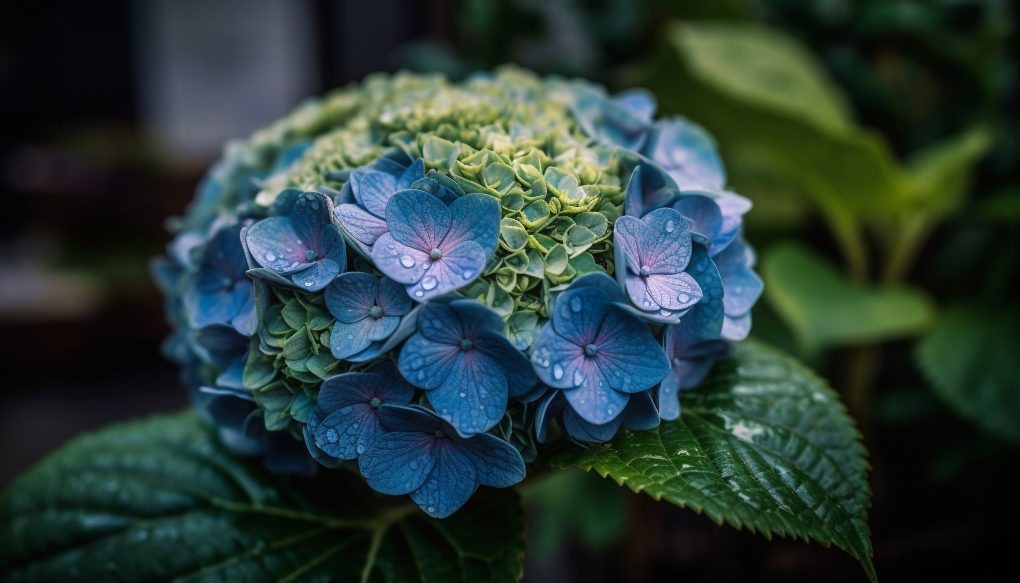Does Hydrangea Need Fertilizer? A Comprehensive Guide
Hydrangeas do benefit from fertilizer to ensure healthy growth and vibrant blooming. Providing the right nutrients enhances their overall performance and helps maintain the desired flower color, especially for the blue and pink varieties (depending on soil pH).

Fertilizers should be applied in late winter or early spring, ideally using a slow-release, balanced formula (10-10-10 or similar ratios). Avoid over-fertilizing, as it may lead to foliage growth at the expense of blooms and may even endanger the plant. Additionally, hydrangeas perform best in well-draining, loamy soil with a pH of 5.5 to 6.5. Regularly test and amend your soil to ensure optimal growth and bloom conditions.
Table of Contents
Types of Fertilizers for Hydrangea

Hydrangeas are beautiful flowering shrubs that require proper care to thrive. Fertilizing hydrangea is an essential part of their care routine. Choosing the right type of fertilizer can make a significant difference in their growth and blooming. There are two main types of fertilizers for hydrangeas: organic and inorganic.
Organic Fertilizers
Organic fertilizers are derived from natural sources and are an excellent choice for gardeners who prefer a natural approach. These fertilizers contain slow-release natural ingredients and provide long-lasting nutrients to plants. Some popular organic fertilizers for hydrangeas include:
- Compost: Compost is an excellent source of organic matter and nutrients. It is rich in nitrogen, phosphorus, and potassium, essential for hydrangeas to grow and bloom.
- Blood meal: Blood meal is a high-nitrogen fertilizer that quickly boosts nutrients to the plants, is made from dried animal blood, and is an excellent source of organic nitrogen.
- Bone meal: Bone meal is a slow-release fertilizer rich in phosphorus, made from crushed animal bones, and an excellent source of organic phosphorus.
Inorganic Fertilizers
Inorganic fertilizers are synthetic fertilizers that are made from chemicals. These fertilizers are fast-acting and provide quick results, but they are less long-lasting than organic fertilizers. Some popular inorganic fertilizers for hydrangeas include:
| Fertilizer Type | Nutrient Composition |
| 10-10-10 | Equal parts nitrogen, phosphorus, and potassium |
| 12-4-8 | High in nitrogen, low in phosphorus, and moderate in potassium |
| 15-30-15 | High in phosphorus, moderate in nitrogen, and potassium |
When using inorganic fertilizers, following the manufacturer’s instructions is essential. Over-fertilizing can damage the plant and reduce its bloom.
When to Fertilize Hydrangea

Hydrangeas are beautiful flowering shrubs that require proper care to thrive. Fertilizing hydrangeas is an essential part of their care routine. However, knowing the right time to fertilize them is important to ensure that they grow healthy and produce beautiful blooms.
The best time to fertilize hydrangeas is in mid-to-late spring, just as the first flower set starts to fade. This is when the shrub actively grows and needs nutrients to support its growth. You can use a slow-release bloom-boosting fertilizer to ensure the plant gets the necessary nutrients over a longer period.
After the first application, you can fertilize hydrangeas every 4-6 weeks throughout the growing season. However, following the manufacturer’s instructions regarding the frequency and amount of fertilizer to apply is important. Over-fertilizing can lead to excessive growth and fewer blooms.
It is also important to avoid fertilizing hydrangeas after August. This is because the plant needs to prepare for winter dormancy, and fertilizing it too late can lead to new growth vulnerable to frost damage.
Overall, fertilizing hydrangeas is an important part of their care routine. You can ensure they grow healthy and produce beautiful blooms by fertilizing them at the right time.
How to Fertilize Hydrangea

Hydrangeas are beautiful plants that require proper care to thrive. Fertilizing is essential to hydrangea care, as it provides the necessary nutrients for healthy growth and beautiful blooms. Here are some tips on how to fertilize your hydrangeas.
Application Methods
There are different ways to apply fertilizer to hydrangeas. The most common methods are:
- Top-dressing: This involves spreading the fertilizer on the soil around the base of the plant.
- Foliar feeding involves spraying the fertilizer directly on the plant leaves.
- Soil injection involves injecting fertilizer into the soil around the plant’s roots.
Top-dressing is the most common and easiest method for home gardeners. Therefore, it is recommended to apply fertilizer in the spring and summer months when the plant is actively growing.
Dosage
The amount of fertilizer to use depends on the fertilizer type and the plant size. Following the instructions on the fertilizer package is important, as over-fertilizing can harm the plant.
A general rule of thumb is to apply one pound of fertilizer per 100 square feet of planting area. For potted hydrangeas, use a quarter to a half teaspoon of fertilizer per gallon of soil.
Watering the plant thoroughly after fertilizing is also important to help the nutrients reach the roots.
